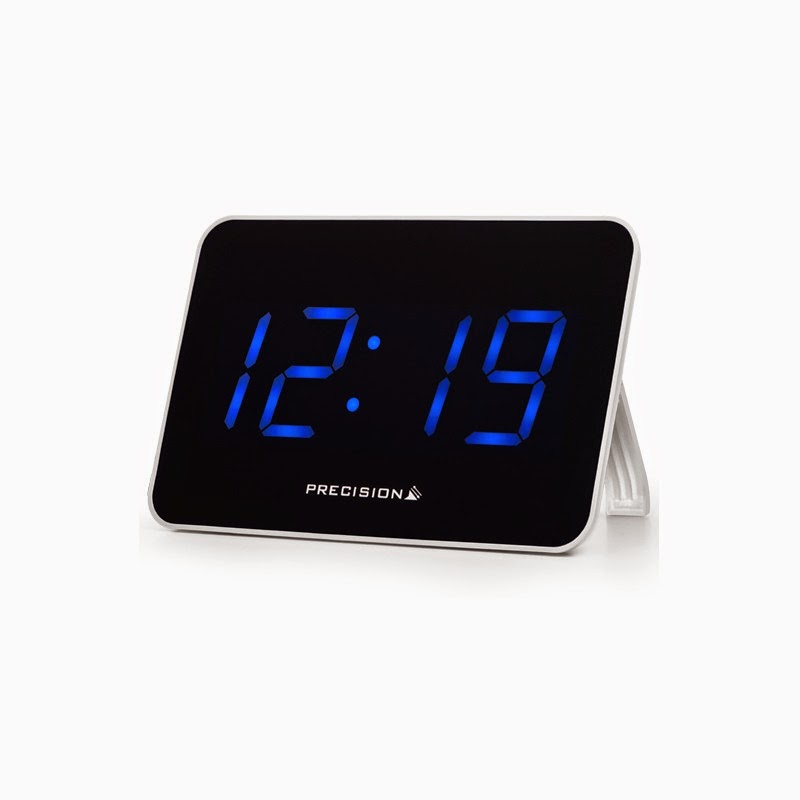More often than not, we take knowing the time for granted. We simply look at our phones, watches and clocks to find out the time and then carry on with our day. Clocks help indicate, keep and co-ordinate time so we know where we are and where we are meant to be.
Sundials dating back from 4,000 years ago in Egypt are considered to be the first clocks. The surface of a sundial has markings for each hour of daylight. As the sun moves across the sky, another part of the sundial casts a shadow on these markings. The position of the shadow shows what the time is. Sundials were also used long after mechanical clocks were invented.
Sundials dating back from 4,000 years ago in Egypt are considered to be the first clocks. The surface of a sundial has markings for each hour of daylight. As the sun moves across the sky, another part of the sundial casts a shadow on these markings. The position of the shadow shows what the time is. Sundials were also used long after mechanical clocks were invented.
Also used to tell the time were candles, water, as well as sand to make hourglasses.
Mechanical clocks came to fruition around the end of the 13th century – who made the first clock and when it was made is not known.Modern clocks today need three basic parts – a power source, a timebase and a display. The power source keeps the clock moving regardless of whether it’s a battery in an electronic lock or a spring in a mechanical clock.
The timebase aka oscillator, needs to move continuously at a steady frequency. This helps keep the accuracy of the clock so it measures in seconds, minutes and hours. And a display is used for which the reader can interpret the time.
There are two types of common clocks:
The timebase aka oscillator, needs to move continuously at a steady frequency. This helps keep the accuracy of the clock so it measures in seconds, minutes and hours. And a display is used for which the reader can interpret the time.
There are two types of common clocks:
The Analogue
The analogue clock uses a face with numbers and hands that rotate to tell the time. There are two hands: the big hand and the little hand. Some analogue clocks have an extra two hands. The third hand is the ticker which constantly moves around the clock with every second and the fourth never moves until you wind it to set an alarm.
The little hand shows you what hour of the day it is, and the big hand – the longer of the two shows you how many minutes it is past the hour.
The majority of these clocks come in a 12 hour format, but the 24 hour format is available.
The little hand shows you what hour of the day it is, and the big hand – the longer of the two shows you how many minutes it is past the hour.
The majority of these clocks come in a 12 hour format, but the 24 hour format is available.
The Digital
The name Digital refers to the display on the clock, not the drive mechanism. These clocks use two sets of numbers which are usually separated by a colon to indicate the hour and the minutes. The time is projected by using a display technology such as LCD or LED. Most of these clocks can use a 12 or a 24 hour format.
It’s actually quite incredible to learn a little bit of history behind clocks and telling the time.If you are feeling nostalgic or simply want to bring clocks back into your home, then take a look at our website. We have a range of Wall clocks, Digital alarm clocks, and other Alarm clocks online.
Don’t delay, shop today.





No comments:
Post a Comment